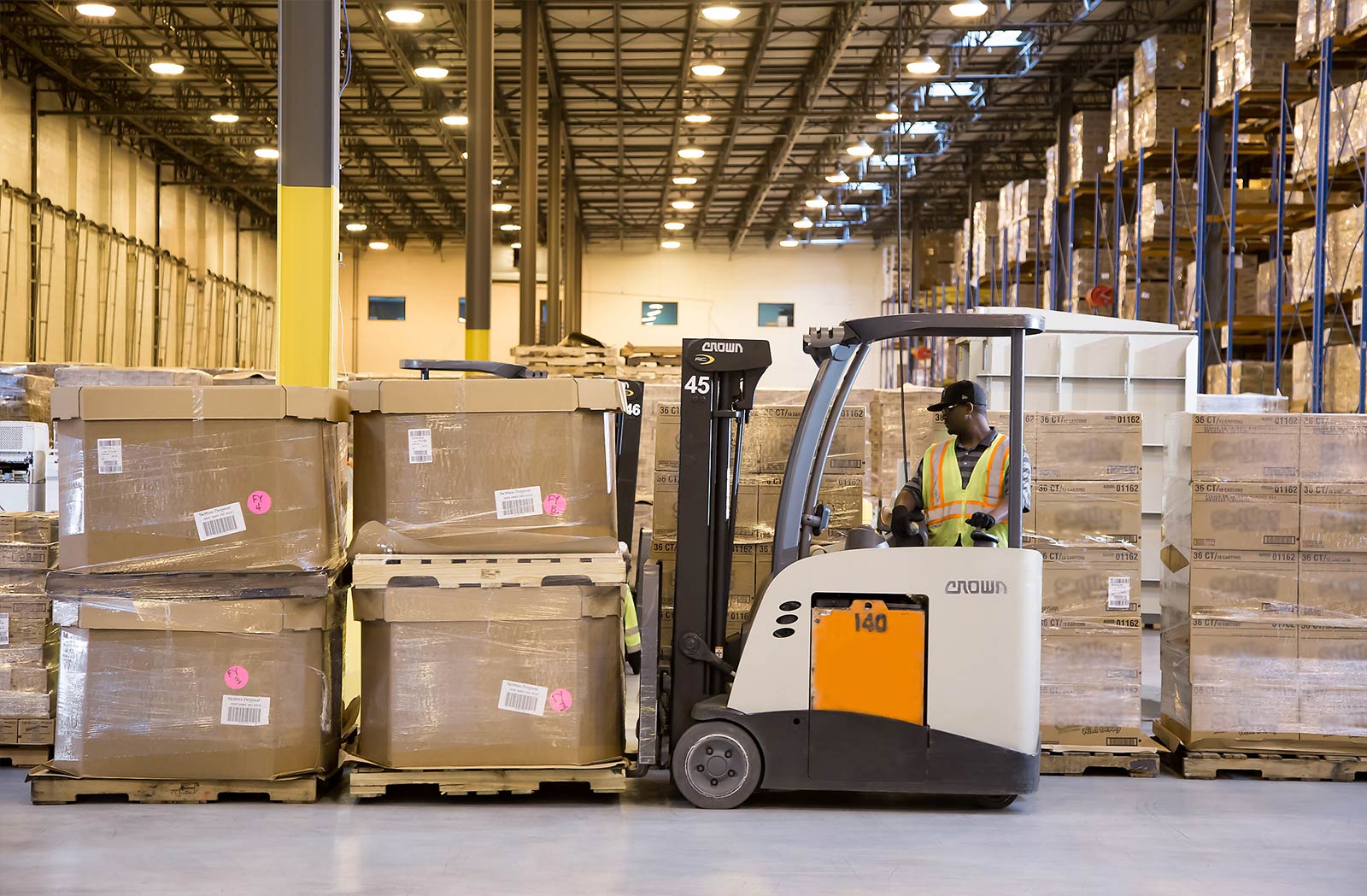Packing Careers: Opportunities in Packaging Jobs
Explore the wide range of packing jobs across warehouses, fulfillment centers, manufacturing, and retail shipping. This guide outlines required skills, typical work settings, pay ranges, benefits, and paths for advancement in the growing packaging sector—ideal for job seekers looking for stable, entry-level and upwardly mobile roles in logistics, e-commerce, and production.

Packing roles are a cornerstone of logistics and distribution, supporting everything from online retail to food processing. This guide summarizes the skills employers commonly seek, the environments packers work in, expected compensation and benefits, and realistic career pathways for people starting in this field.
Required Skills and Qualifications
Many packing positions are accessible to people with minimal formal education; a high school diploma or equivalent is typical but not always mandatory. Employers usually prioritize practical abilities and reliability. Key competencies include:
- Physical stamina for regular lifting (commonly 25–50 pounds) and long periods of standing
- Basic numeracy and reading comprehension for counting, labeling, and following instructions
- Good hand-eye coordination for packing, sealing, and sorting tasks
- Strong attention to detail to prevent shipping errors and ensure product quality
- Comfort working at a brisk pace during peak periods
- Familiarity with basic computer systems or handheld devices used for inventory and scanning
- Capacity to cooperate with teammates and follow supervisory direction
On-the-job training often supplements these skills; some employers offer certifications in equipment operation (e.g., forklifts) or quality assurance to broaden an employee’s qualifications.
Work Environments and Conditions
Packing work appears in a variety of settings, each with distinct rhythms and expectations. Typical locations include:
- Warehouses and distribution centers handling bulk shipments
- Manufacturing plants where products are packaged for retail or wholesale
- Food processing facilities that require careful handling and sanitation
- Retail backrooms and shipping departments preparing online or store orders
- E-commerce fulfillment centers managing high volumes of consumer orders
Shifts can be morning, evening, overnight, or weekend-based, and roles often involve repetitive tasks, frequent lifting, and standing. Many environments are temperature-controlled, though food production areas may have specific climate conditions. Employers may also require adherence to safety protocols and use of personal protective equipment.
Salary and Benefits Information
Compensation for packing roles depends on region, experience, and employer size. Below is a representative breakdown of typical pay tiers and associated benefits:
| Position Level | Average Hourly Rate | Annual Salary Range | Common Benefits |
|---|---|---|---|
| Entry-Level | $12–$15 | $24,960–$31,200 | Basic health insurance, paid time off |
| Experienced | $15–$18 | $31,200–$37,440 | Full benefits package, 401(k) |
| Lead/Supervisor | $18–$25 | $37,440–$52,000 | Additional PTO, management training |
Prices, rates, or cost estimates mentioned in this article are based on the latest available information but may change over time. Independent research is advised before making financial decisions.
Beyond wages, many employers offer benefits that increase with tenure or status: health coverage, retirement plans, overtime opportunities, and paid leave. Temporary or seasonal roles may have more limited benefits initially but can convert to full-time positions with a fuller package.
Career Advancement Opportunities
Packing jobs can serve as a stepping stone into higher-responsibility positions within the supply chain. Common progression paths include:
- Team Lead: Supervises small groups, coordinates daily tasks, and ensures productivity
- Quality Control Specialist: Focuses on inspection, defect reduction, and compliance
- Shipping and Receiving Supervisor: Manages inbound/outbound logistics and scheduling
- Warehouse Manager: Oversees operations, safety standards, and staff management
- Logistics Coordinator: Plans transportation, inventory flow, and vendor relationships
Many companies invest in internal development through cross-training, supervisor courses, and certifications (e.g., inventory management systems or forklift operation). Workers can also transition laterally into inventory control, purchasing, or supply chain planning with targeted training.
Industry Outlook and Job Security
Demand for packaging and packing roles remains steady, propelled by continued growth in e-commerce, consumer goods manufacturing, and global distribution. Areas with notable expansion include:
- Online retail fulfillment centers handling direct-to-consumer orders
- Food and beverage packaging due to consistent consumer demand
- Medical and pharmaceutical supply distribution requiring precise handling
- Manufacturing and assembly plants that package finished goods
- Third-party logistics providers managing warehousing and delivery
These roles often offer consistent hours with the possibility of overtime during peak seasons like holidays. Employers commonly hire temporary staff for surges, and many of those positions convert to permanent roles for reliable performers.
Practical Tips for Job Seekers
- Highlight any physical work experience, computer or scanning proficiency, and reliability on your resume.
- Be prepared to demonstrate safe lifting practices and familiarity with basic tools or PPE.
- Consider taking short courses or obtaining certifications that increase employability, such as forklift operation or basic inventory software training.
- Be open to shift flexibility; night and weekend shifts can offer higher pay or faster hiring.
Packing jobs provide a clear entry route into logistics and supply chain careers, with tangible opportunities for progression and skill development. Whether you’re seeking seasonal work, steady full-time employment, or long-term career growth, the packaging sector offers diverse roles that match a range of experience levels and ambitions.






